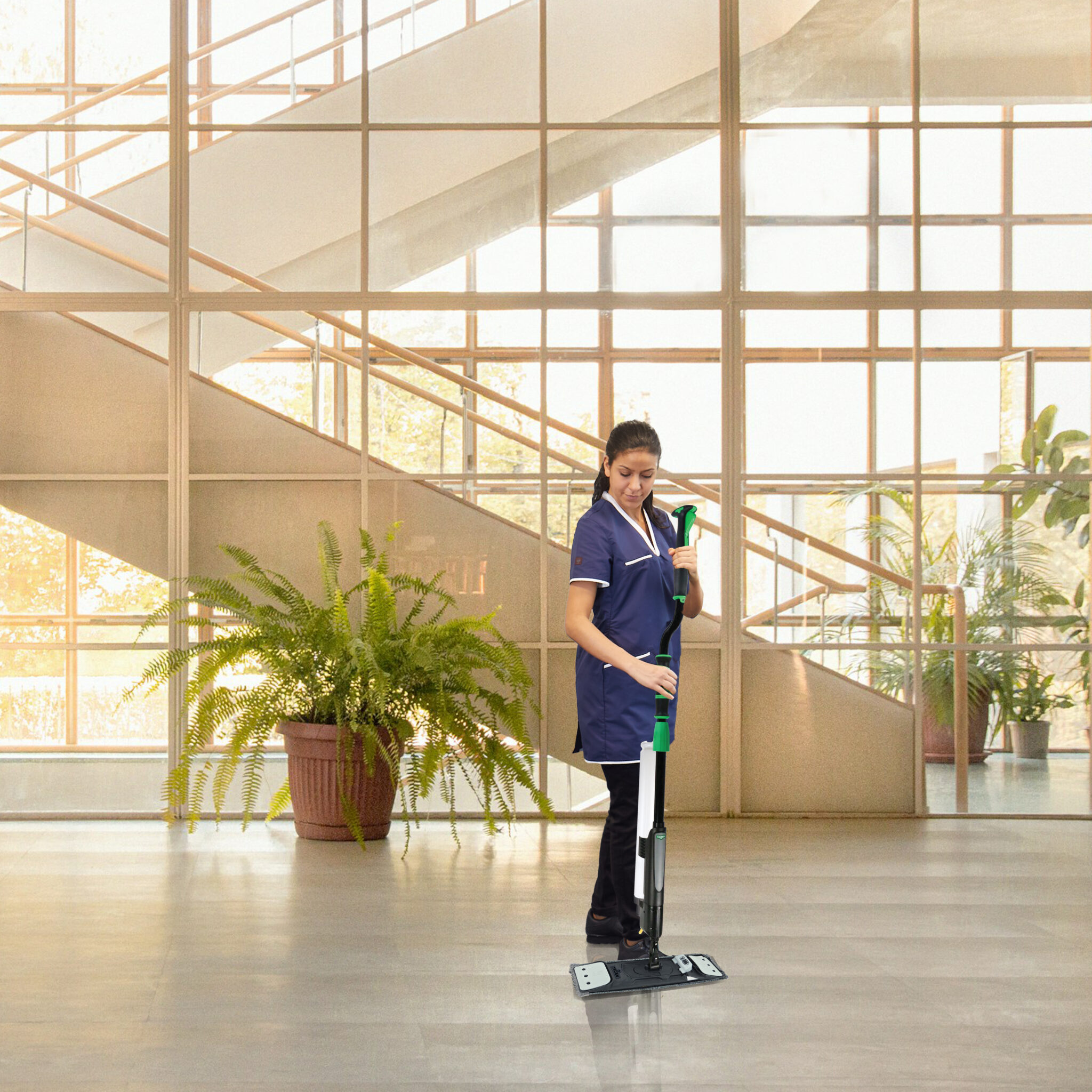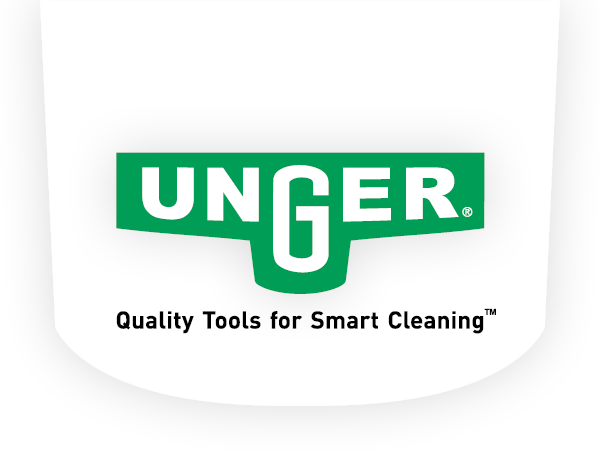NEW! Powerful Nano Filtration with Unger's HydroPower® Nano See The Product

The Real Costs of Cleaning with Non-Ergonomic Cleaning Tools
When we talk to facility managers across the country, they sometimes want to buy the best commercial cleaning tools for their department, however, they don’t always consider ergonomic design as a key factor in deciding on the best tools for the tasks and their employees. They often prioritize initial purchase cost over the longer-term benefits and savings of ergonomic cleaning tools. They are left to buy basic cleaning tools that do not prioritize their employees’ health and safety.
The Health Risks are Plentiful
Repetitive stress injuries such as tendonitis, back strains, and Carpal Tunnel Syndrome are common from cleaning. Lack of safety precautions often lead to poor employee health due to accidents, but poor health can also lead to accidents and ineffective cleaning in the workplace. (For example, if it is uncomfortable to mop the floors, the floors will most certainly not be as clean and dry).
The Cost Factor of Basic Tools
Lastly, we always remind facility managers that cheap non-ergonomic tools are almost always more costly overall than ergonomically designed tools. Yes, the retail price might be lower, but the costs after the day of purchase will total up to more than the ergonomic cleaning tools very quickly, making it the more expensive option.
Here are examples of some of the downstream costs you will pay buying a non-ergonomic tool:
- Equipment costs. Yes, a non-ergonomic mop may be the cheapest option today, but they typically break more easily than a sturdy ergonomic mop due to improper use, straining the body as well as the materials. You’ll end up buying several cheap mops when one ergonomic mop lasts you the same amount of time or longer.
- Reduced efficiency. Workers clean faster when they are not hurt; ergonomic tools also tend to clean buildings faster than non-ergonomic tools because they are so easy to use with less strain.
- Employee turnover/training. Workers who feel safer are more engaged with their work and experience higher satisfaction with their job. This makes sense: who in any job would be happy if they experienced pain while working 5-7 days a week? Ergonomic cleaning tools can lead to improved morale in the workforce, reducing the need for rehiring and re-training.
- Medical costs, including doctor and hospital visits due to injuries (often repetitive stress injuries) stemming from cleaning. Typically, these injuries are chronic and require regular care.
- Legal/Compliance costs: Some states have specific ergonomic requirements for workplaces, and of course there are requirements under the OSHA general duty clause to keep their workplace free of ergonomic hazards. Legal and compliance costs related to these laws and regulations can be orders of magnitudes higher than the cost of the ergonomic tool itself!
Ready to Save Money, Improve Efficiency & Protect the Safety of Your Workers?
Addressing these downstream costs by investing in ergonomic tools can ultimately lead to cost savings, improved efficiency, and a healthier, safer, and more satisfied workforce.
Submit a Demo Request today to discuss any of Unger’s ergonomic cleaning tools and see how they can help your workforce stay safer and healthier today!

